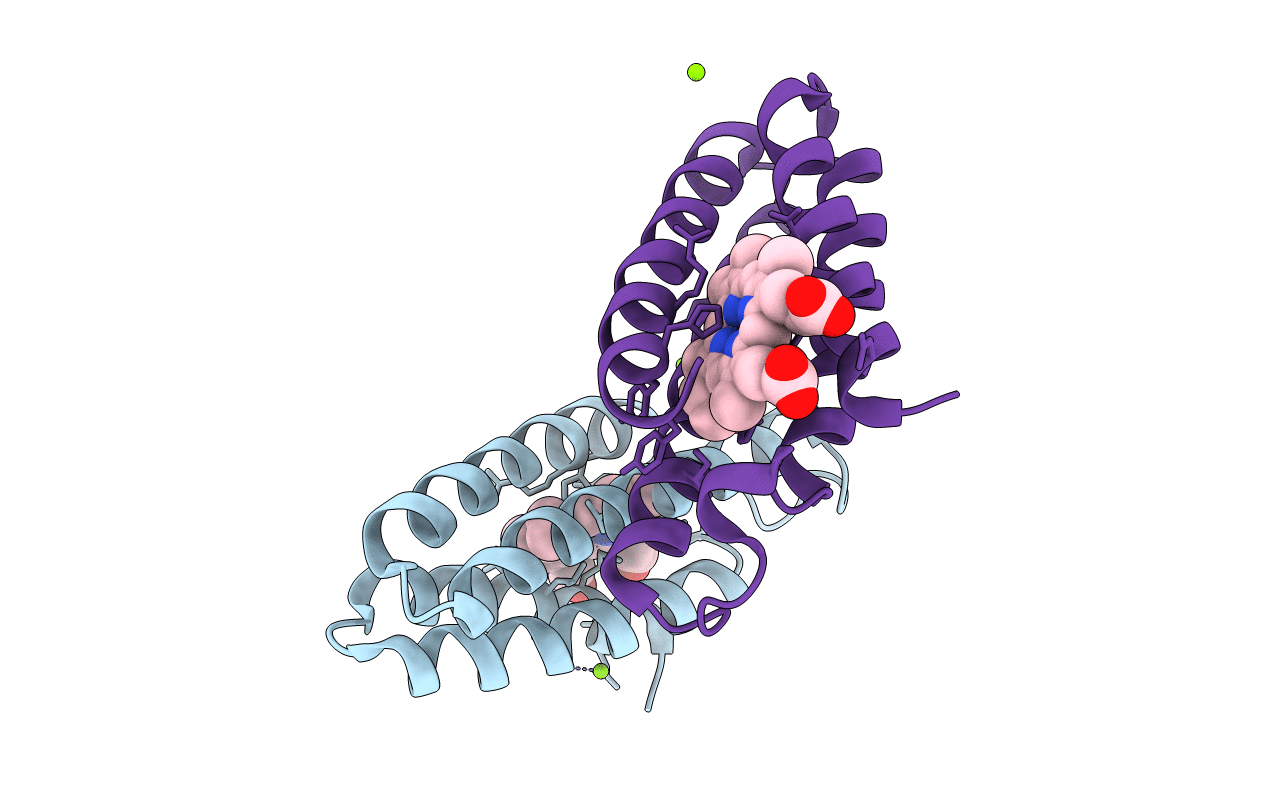
Deposition Date
2002-04-30
Release Date
2002-05-15
Last Version Date
2024-02-14
Entry Detail
PDB ID:
1LM3
Keywords:
Title:
A Multi-generation Analysis of Cytochrome b562 Redox Variants: Evolutionary Strategies for Modulating Redox Potential Revealed Using a Library Approach
Biological Source:
Source Organism:
Escherichia coli (Taxon ID: 562)
Host Organism:
Method Details:
Experimental Method:
Resolution:
2.70 Å
R-Value Free:
0.33
R-Value Work:
0.23
Space Group:
P 21 21 21


